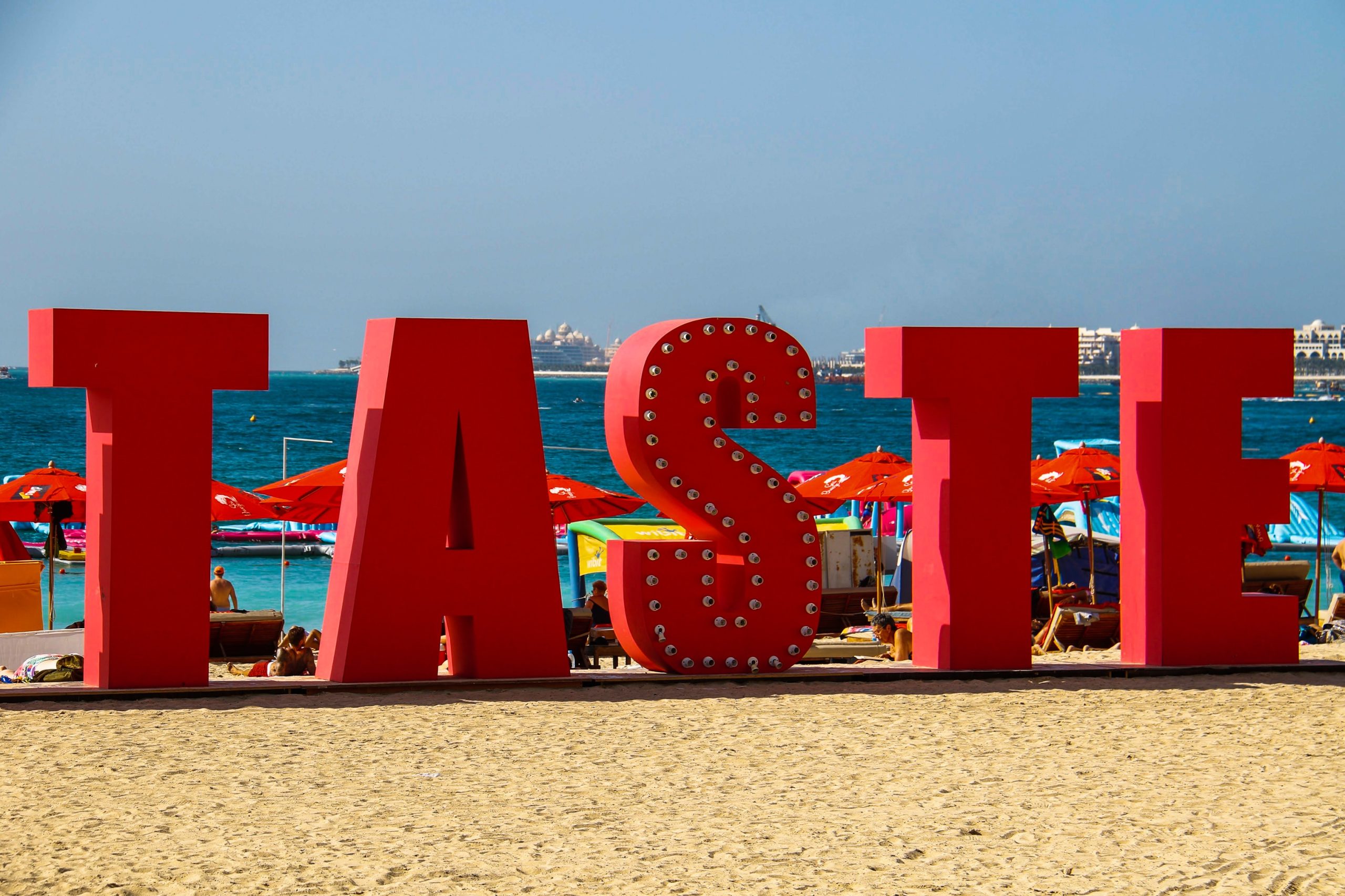
Another day, another outlandish claim about how Artificial Intelligence (AI) will transform our lives. Last week the BBC News website claimed breathlessly that “AI… is now increasingly helping people buy a decent bottle of wine.” Its evidence: US wine merchant Sippd, whose app, apparently unlike Vivino and other wine recommendation gizmos, “was based on [AI] technology from the very beginning.” In truth, however, I doubt AI will ever help many people enjoy wine more.
Sippd users take a quick test to determine their tastes – you like acidity? blueberries? – which the app then matches to wines the company sells (the BBC only mentions in passing that this is the whole point of the thing.) But never mind that the “AI” in use here isn’t exactly pushing back the frontiers of human knowledge. Its shortcomings pose more fundamental questions about people’s knowledge of wine – and about the limits of the language of taste.
Like most wine writers, the question I’m asked most frequently by non-experts is: what should I buy/what do you recommend? My answer is always, “Well, what kind of wine do you like?” To which the answer is almost invariably, “Er, well… Um…”
British people have a basic reticence in expressing views on wine, even in simple terms of taste: more than most products, wine is wrapped up in the mystique of connoisseurship. People are tongue tied about saying what they’d like for fear of looking silly or uncultured – of inadvertently coming over like Alan Partridge when the fictional TV host orders a bottle of Blue Nun at lunch with his commissioning editor. It is, let’s face it, a national cultural cringe before the French.
The odd thing is that most French consumers know little more about the wine they buy than their British counterparts. It’s just culturally accepted that they should express views on it – in much the same way that Brits wouldn’t hesitate to tell you, say, what films they like, regardless of whether they know anything about film making.
So in determining someone’s tastes, there’s a basic problem in popular wine culture – or the lack thereof. But more fundamentally, the issue lies in the limits of taste descriptors when understanding wine’s appeal. If, like a bearded, grumpy human app, I give the person asking my advice a prompt, it doesn’t help much. “Fruity”? “Fresh?” It doesn’t take you far – and anyway, how many people will say they don’t like the sound of that?
As wine critic Jamie Goode asked the BBC, “How do you break down a wine into its component parts, and then understand their nature and qualities in a meaningful way that gives you data to play with in an app?”
Back to those oh-so-sophisticated French supermarket shoppers – because they don’t really know how to talk about taste either. If asked my question about their preferred wines, they would respond in terms of region – and then, principally Bordeaux. It’s a bias clear in the selection in supermarkets throughout the non-wine-producing areas where most of the French population live: shelves and shelves of cheap-to-middling claret.
The same phenomenon is clear in some other wine-producing countries. An up-and-coming producer in Valencia province that I visited recently told me it’s an uphill struggle educating Spaniards about his area’s wines: “They know Rioja and Ribera and that’s it – so that’s what they buy.” Even in Valencia itself, most neighbourhood bars serve only those two reds by the glass, despite the large quantities of good local wine. In total, Rioja today has almost a third of the market in the Spanish hospitality industry.
For most wine consumers in France or Spain or Britain, Rioja and Bordeaux are effectively brands. And brands understood long ago that people’s preferences were far more complex than anything as utilitarian as the taste in your mouth, or, say, how well a given car runs. People’s choices and their enjoyment of a product are also tied up with all sorts of other things embedded its image: intangibles like whether it seems classy or cool – or even just agreeably unpretentious.
For wine, that can operate for critics tasting high-end wines – there wouldn’t be any need to make tastings blind, otherwise – or for convenience-store plonk. Earlier this year, wine critic Joe Fattorini expertly dissected the appeal of the ghastly 19 Crimes Australian range to its predominantly young, male market. It works: it’s the most expensive bottle in my local kebab house, ahead of far more palatable Turkish reds. Even I don’t feel especially cool drinking Yakut.
Yet it’s not a bad thing for non-taste factors to influence our choice of wine. I dislike the corporate marketeers at Treasury Wine Estates who flog shiploads of industrial swill like 19 Crimes. But I’m just as guilty as their target market of being influenced by the stories we spin around wine.
For instance, I had a lovely time at last week’s Wines of Greece tasting: for me, it’s one of the most exciting wine scenes now. But I’m aware how that appreciation is also influenced by my love of Greece, its people and language. When I taste an aromatic Moschofilero, I’m remembering the beach, the smell of the herbs on the hillsides, the sunshine. How could I not? And what purpose would served by trying to strip out that understanding of a wine and its place from my judgment?
AI will never get any of that.
I’m sure there’s some market for technology that helps people who don’t know about wine choose a bottle. Likewise I’m all for trying to understand and describe taste, and there are writers who do it far more precisely than me, such as my friend, Daily Telegraph wine critic Victoria Moore. But taste alone will never quite explain a wine’s appeal. Because wine bottles human stories and experiences and desires, as well as flavours. And that, in part, is why it’s such a magical thing.
Photo by Nick Fewings on Unsplash